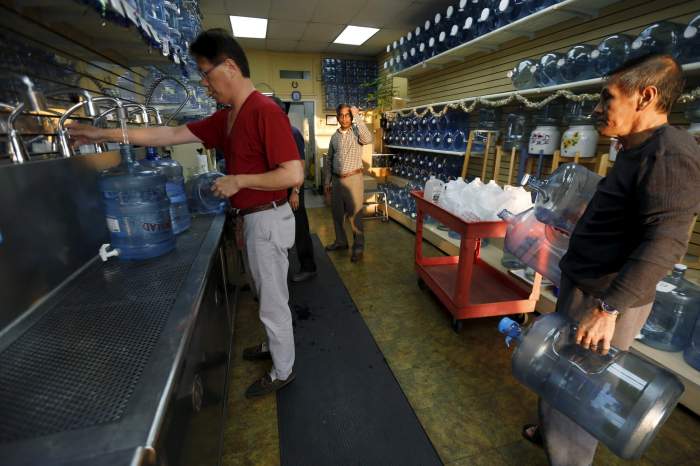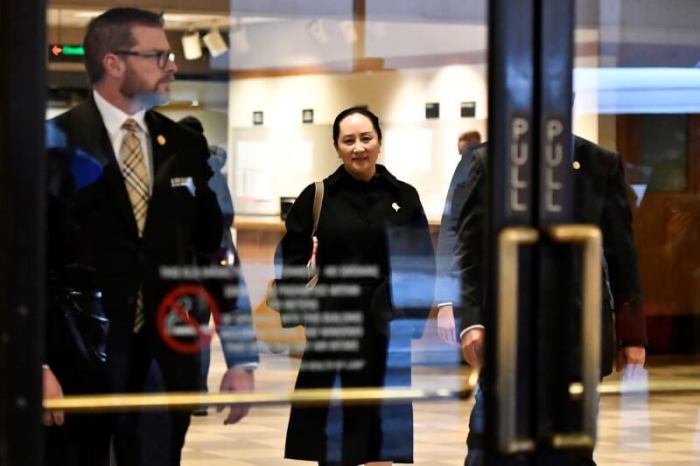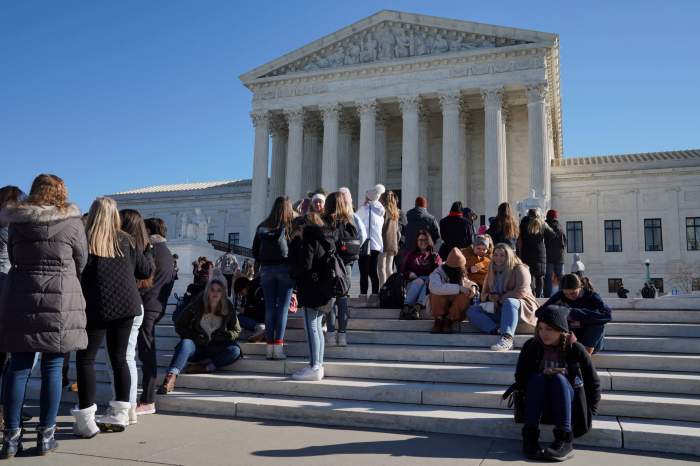By Lucia Mutikani
WASHINGTON (Reuters) – U.S. consumer prices increased by the most in 15 months in April, but a cooling in spending pointed to a slowdown in economic growth that could keep inflation pressures moderate.
The report from the Commerce Department on Friday supported Federal Reserve Chairman Jerome Powell’s view that a recent disinflationary trend “may wind up being transient.”
Inflation remains below the U.S. central bank’s 2.0% target. That, together with the slowing economy, has increased calls, including from President Donald Trump, for the Fed to cut interest rates. The Fed this month kept rates unchanged and signaled little desire to adjust monetary policy anytime soon.
“The Fed is in a good place when it comes to its current policy, but it won’t be for long if the market’s forecasts for rate cuts are to be believed,” said Chris Rupkey, chief economist at MUFG in New York. “The market and the president want rate cuts and they might just get them if this slowdown persists and the Fed caves to the mob of public opinion.”
Consumer prices as measured by the personal consumption expenditures (PCE) price index increased 0.3% last month, the biggest gain since January 2018, after rising 0.2% in March.
That lifted the annual increase in the PCE price index to 1.5% from 1.4% in March. Inflation was boosted by higher prices for gasoline and services, which offset a 0.3% drop in the cost of food.
Excluding the volatile food and energy components, the PCE price index gained 0.2% last month after edging up 0.1% in March. In the 12 months through April, the so-called core PCE price index increased 1.6% after rising 1.5% in March.
The core PCE index is the Fed’s preferred inflation measure. It hit the U.S. central bank’s 2% inflation target in March 2018 for the first time since April 2012.
A much weaker inflation pulse than initially thought in the first quarter had led economists to anticipate that the annual core PCE price index would remain at 1.5% in April.
TRADE DISPUTES CLOUD OUTLOOK
Economists said it was unclear what the impact on inflation would be from Trump’s announcement late on Thursday that he would impose a tariff on all goods from Mexico in a bid to stem the tide of illegal immigration across the U.S.-Mexican border.
But the duties, which Trump said would start at 5% on June 10 and increase monthly until reaching 25% on Oct. 1 unless Mexico takes immediate action, were expected to undercut growth.
Washington is already waging a trade war with China that has recently escalated and led consumers to anticipate higher prices. A survey by the University of Michigan on Friday showed its measure of consumers’ inflation expectations over the next 12 months rose to 2.9% in May from 2.5% in April.
“There is little doubt that economic growth will suffer each day these tariffs stay in place,” said Kevin Giddis, head of fixed income capital markets at Raymond James in Memphis, Tennessee. “What we aren’t sure of is whether it will be inflationary. If it is, there aren’t many places to hide.”
Stocks on Wall Street were trading lower as the tariffs on Mexican goods rattled investors.
The dollar slipped against a basket of currencies, while benchmark U.S. Treasury yields dropped to a 20-month low.
Consumer spending, which accounts for more than two-thirds of U.S. economic activity, rose 0.3% as consumers cut back purchases of long-lasting manufactured goods such as motor vehicles. They also spent less on services, including household electricity and gas.
Consumer spending jumped 1.1% in March, the biggest increase since August 2009. When adjusted for inflation, consumer spending was unchanged in April. This so-called real consumer spending rose 0.9% in March.
The weak real consumer spending in April added to soft reports on industrial production, orders for long-lasting manufactured goods and home sales in suggesting slower economic growth in the second quarter.
As a result, the Atlanta Fed cut its GDP estimate for the second quarter by one-tenth of a percentage point to a 1.2% annualized rate. The economy grew at a 3.1% pace last quarter, flattered by the volatile exports, inventory and defense components.
But consumer spending remains supported by a strong labor market. The lowest unemployment rate in nearly 50 years is steadily pushing up wages.
Last month, personal income rose 0.5% in April, with wages gaining 0.3%. Income ticked up 0.1% in March. Savings increased to $990.3 billion in April from $963.7 billion in March.
(Reporting by Lucia Mutikani; Editing by Paul Simao)



















